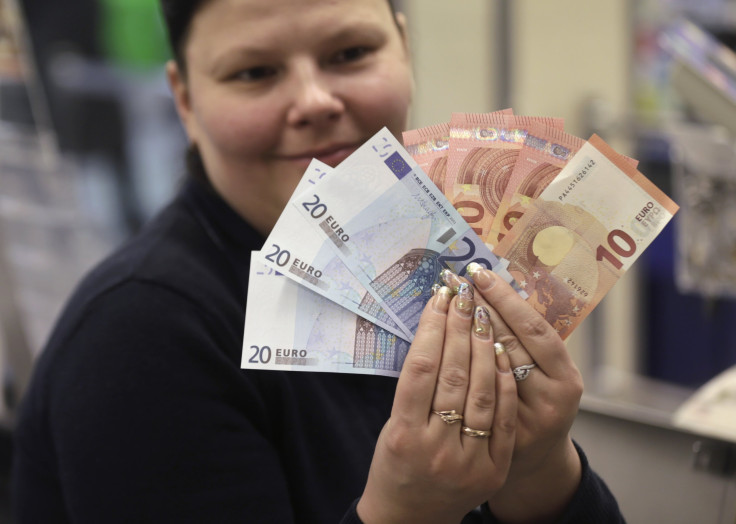Europe Travel Deals: With Euro Weakening, Americans Can Travel For Cheap As Dollar Exchange Rate Drops

Seeing the Mona Lisa is a better deal now than it has been years. Americans and other foreigners can expect to land cheap trips to continental Europe over the next few months after the euro hit its lowest since March 2006 on Monday. That means Americans could get hundreds of more euros for their dollars than they did just a year ago, according to travel professionals.
“The euro is down about 10 percent to 15 percent from where it was most of 2014, so it's an instant discount for those of us with U.S. dollars,” said Roger Wade, founder of Price of Travel. “Many analysts are expecting the euro to continue going lower, at least in the short term, and if Greece effectively votes itself out of the euro soon, it could drop even further.”
The euro-to-dollar exchange rate dipped 1.2 percent just on Monday. At its lowest, one euro was worth about $1.1864, but recovered slightly to $1.1944. The euro’s drop is a product of -- among other factors -- political instability in Greece, an increasingly strong American economy and the likelihood that the European Central Bank will take quantitative easing measures to boost the European economy, according to NPR.
The drop in the euro over the last year has already translated into real discounts for Americans converting their dollars, according to James Feess at the Savvy Backpacker, a site dedicated to budget travel in Europe. “An average hostel in Paris will cost about $38 night at the moment, but a few years ago it would cost about $48. That extra $10 can now be used for museum entry or a walking tour. Since most young people travel for a few weeks, that extra $10 per night really adds up,” Feess said.
The euro has generally been valued a good deal higher than the dollar since it was introduced in 1999. For much of its existence, the euro was valued between $1.30 and a high just over $1.47. When the euro was worth around $1.37 at the beginning of 2014, $1,000 would convert over to €730, whereas now it would convert to €840. BNP Paribas, a big French bank, predicts the euro will drop to $1.15 by the end of 2015.
A high exchange rate likely turned many young would-be-backpackers away from studying abroad or going on a cross-European trip in recent years, Feess said. But with more money in their pockets, travelers could now see more of Europe, including typically more pricey cities like Rome. Currencies outside of the euro zone have suffered, too, so travelers could get good deals across Europe, including in non-euro Britain, Norway and Sweden.
“Transportation adds up. A one-way Eurostar journey currently costs about $82-$105 but a few years ago that same ticket was around $105-$133. When you add up all these little costs it ends up being a large chunk of money for a multi-week trip,” he said, referring to the London-to-Paris train route under the English Channel.

Airfares aren't expected to drop significantly, however, even though the price of oil fell by more than half over the last six months to just over $50 per barrel. Plane tickets are more dependent on supply and demand than on exchange rates. Many airlines are taking the opportunity to reinvest the billions of dollars saved on fuel to upgrade their services, according to the New York Times.
Dejan Bajic with Danny Travel, an agency that specializes in setting up trips for Europeans living in the U.S. who travel back to their home countries, said his business hasn’t been affected much by the currency rates, but he predicted an increase in interest in Europe among Americans seeking to travel cheaper.
“Anything you spend there, anything connected to euros like hotels, cars, trains, they will all be cheaper,” he said.
© Copyright IBTimes 2024. All rights reserved.





















